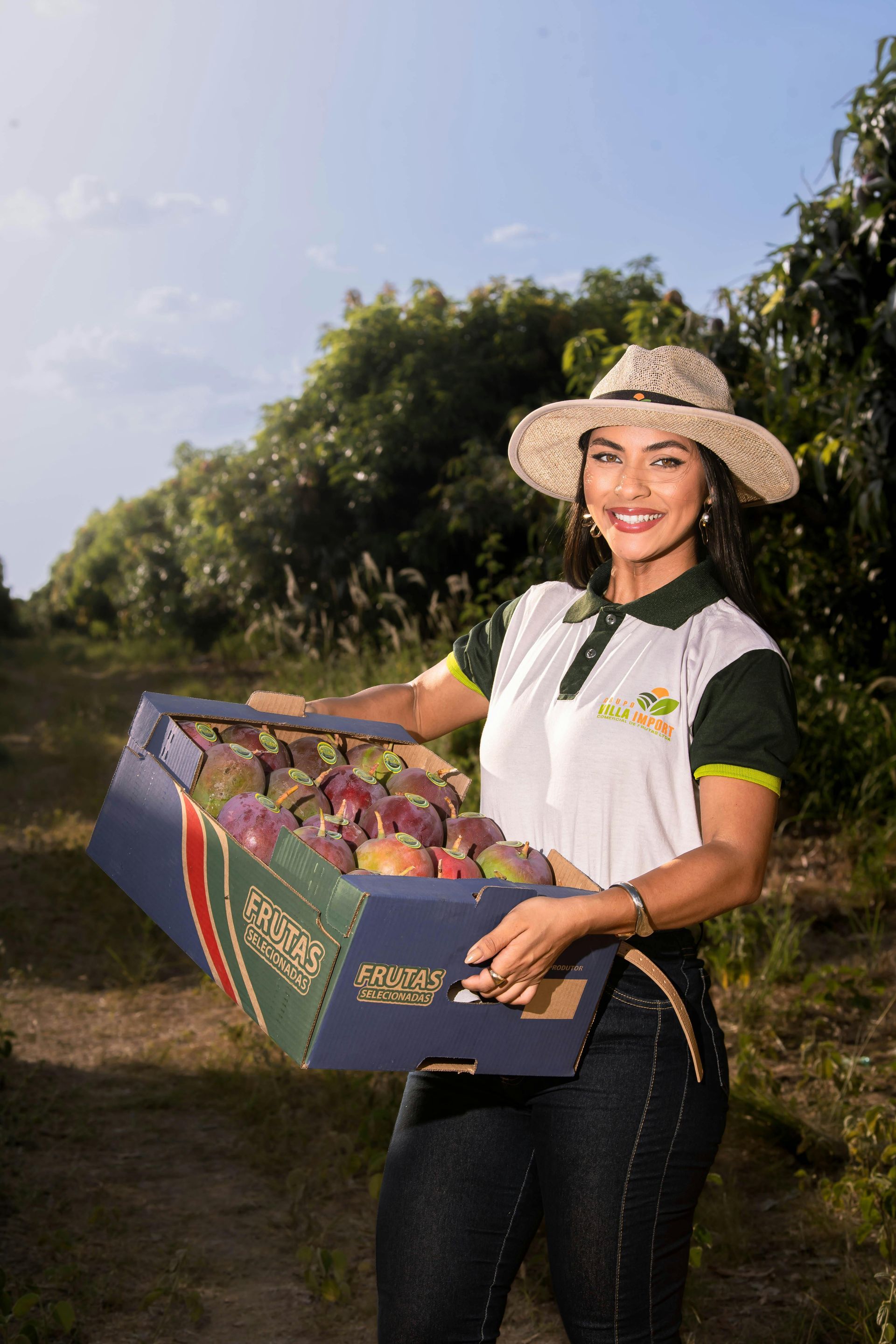Top 5 Insurance Mistakes Farmers Make—and How to Avoid Them
Avoid Common Pitfalls and Protect Your Farm with Practical, No-Nonsense Tips
Operating a farm is more than a full-time job—it’s a lifestyle that includes unpredictable hours, sky-high equipment bills, and a weather app that probably gets more action than your phone. Insurance may not be your first thought every morning, but the right coverage can save you a world of headache.
Here’s a look at the top five insurance mistakes farmers in Eastern Washington make, plus some straight-to-the-point tips to keep your operation covered, your costs low, and your peace of mind intact.
1. Assuming You’re Covered for Every Risk
Sometimes it feels like insurance policies are written in code—and let’s be honest, it’s often easier to just assume you’re covered for “all the things” and move on. But farms aren’t one-size-fits-all, and neither is insurance. A basic policy might cover some things, like your buildings, but leave out others, like a brand-new irrigation system or that custom-built barn.
How to Avoid It: Don’t assume. Take a few minutes to talk to your broker about the exact layout of your farm, from storage sheds to specialized machinery. Did you add a greenhouse this year or bring in new machinery? Mention it. A quick review of your policy once a year can help dodge surprises.
Pro Tip: Get specific. For each major item or area on your farm, ask, “Is this covered?” You’ll feel a lot better knowing exactly what’s protected.
2. Not Updating Coverage When You Expand
Growth is part of the farming game here in Eastern Washington—one year you’re thinking about adding more acres, and the next, you’re doing it. But every time your farm expands, your insurance needs change. New land, extra employees, bigger machinery…all of these are great additions, but they’re not always covered automatically.
How to Avoid It: Make insurance updates a habit, like getting the combines ready for harvest. Review your policy before planting season or whenever you expand. If you’ve bought a new tractor or added employees, get it all noted down with your broker.
Tactical Tip: List every major change in the last year and bring it to your broker—new acres, buildings, machinery, or staff. The extra five minutes will save you a world of trouble if you need to make a claim.
3. Ignoring Liability Coverage
If there’s one thing that can creep up on you, it’s liability. Farms are busy places, with trucks in and out, employees all over the place, and maybe even the occasional curious neighbor wandering in. Liability is a real risk, especially if an accident occurs. A delivery guy trips, someone cuts through your property, or a piece of equipment malfunctions—it doesn’t take much to end up with a claim on your hands.
How to Avoid It: Consider liability coverage as the “just in case” protection every farm needs. Liability insurance is like an invisible fence, protecting you if someone gets hurt on your property.
Tactical Tip: Set clear boundaries and mark restricted areas if possible. The clearer the “off-limits” zones, the fewer accidents you’ll likely have to cover. And ask your broker how much liability coverage is enough, especially if you’re scaling up or hiring.
4. Overlooking Equipment-Specific Coverage
If your tractor or sprayer goes down during peak season, it’s not just an inconvenience—it’s a full-blown crisis. Many farmers assume all equipment is covered, but not every policy goes beyond the basics. Some policies cover damage but not theft or replacement, which leaves you vulnerable if your best machinery breaks down at the wrong time.
How to Avoid It: Look at your equipment policy and check for repair, replacement, and theft coverage. And make sure the policy covers the replacement value—not the price of a rusty old tractor that would hardly make it through an auction.
No-Nonsense Tip: List out every piece of equipment worth over a few grand and double-check the details with your broker. Coverage gaps on equipment are one of those “won’t matter till it matters” issues—until you’re down a combine at harvest.
5. Choosing Insurance Based on Price Alone
We get it—insurance premiums aren’t anyone’s favorite line item. It’s tempting to choose the cheapest option and call it a day. But with insurance, you get what you pay for, and cutting corners here can cost you big later. Cheaper policies often come with limited coverage or long waits on claims, which isn’t exactly convenient when you’re already dealing with an equipment breakdown or a hailstorm wrecking your crop.
How to Avoid It: Think beyond the price tag. A little more upfront could save you down the road. Look at what’s actually covered, how claims are handled, and whether the policy includes quick response times when you need it.
Tactical Tip: Treat insurance like an investment, not a bill. What would it cost to replace or repair what you’re insuring? Pick a policy that makes sense in the worst-case scenario.
Final Thoughts for Eastern Washington Farmers
As a farmer, you know there’s no substitute for hard work, solid equipment, and a bit of local know-how. Insurance might not be the most exciting thing on your list, but it’s one of the few things that can give you peace of mind when things go wrong. Avoiding these common mistakes can keep your farm protected, your claims smooth, and your operation running no matter what Mother Nature throws your way.
Need a quick check on your coverage? We’re here to help at DeLeon Insurance Services, where we make insurance simple, straightforward, and a little less annoying for farmers like you.



